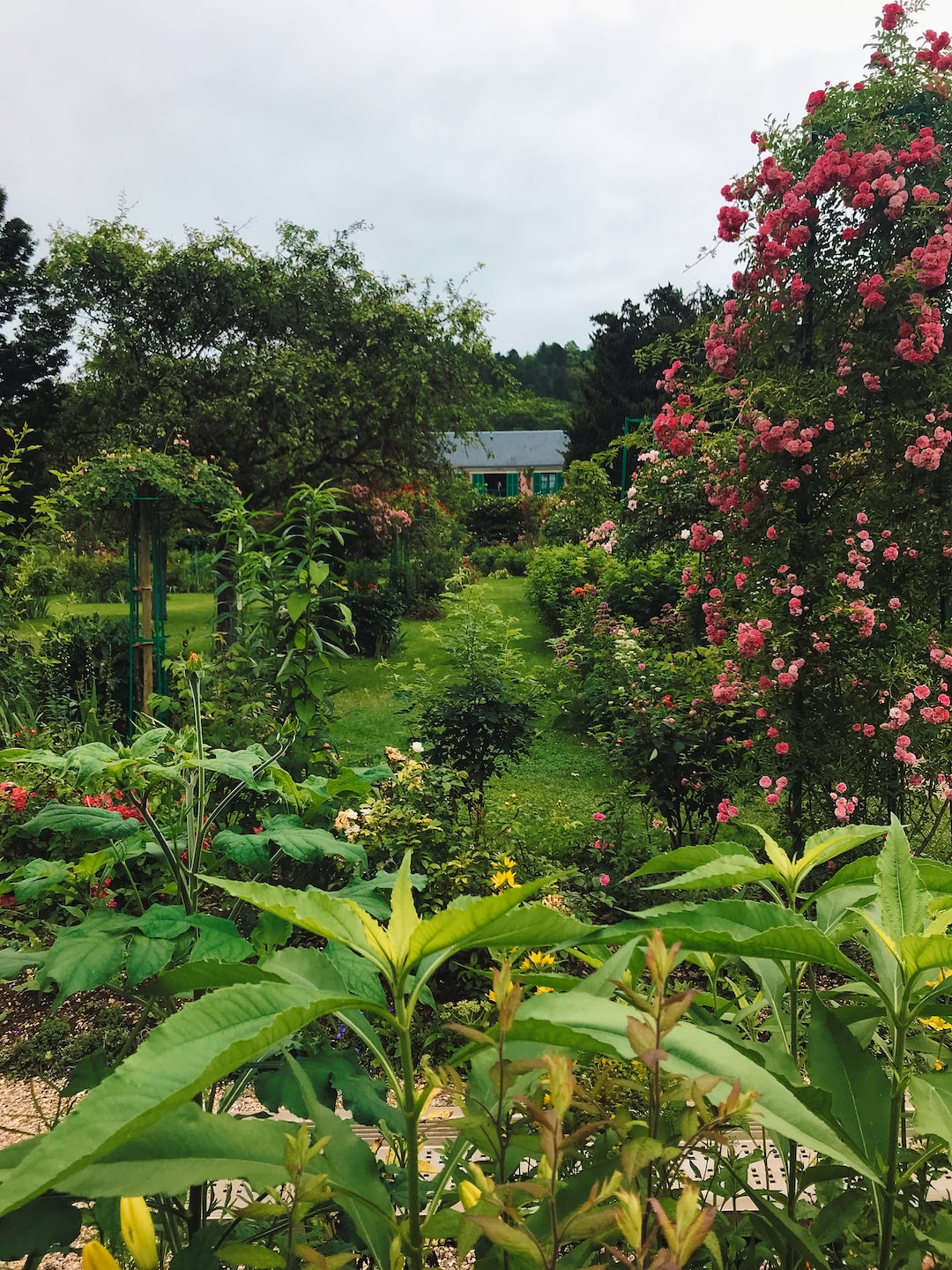Exploring the Art of Landscape Design: Creating Stunning Outdoor Spaces
The art of landscape design goes beyond simply planting flowers and maintaining a lawn. It involves careful planning, creativity, and a deep understanding of the natural elements to create stunning outdoor spaces that not only beautify our surroundings but also enhance our overall well-being. Let us delve deeper into the world of landscape design and explore the secrets behind creating breathtaking outdoor spaces.
One of the fundamental principles of landscape design is to establish harmony between nature and human intervention. In order to achieve this, designers carefully study the topography, climate, and existing vegetation of the site. By understanding the unique characteristics of the area, they can develop a design that seamlessly integrates with the natural surroundings. This concept, known as “ecological design”, allows landscapes to thrive in their natural habitat, minimizing the need for excessive maintenance and promoting sustainability.
The next step in landscape design is to create a captivating layout that maximizes the use of space. Through careful consideration of focal points, pathways, and zones, designers can guide the eye and create a sense of balance within the landscape. Focal points such as water features, sculptures, or even a beautifully planted tree, help draw attention to specific areas, while pathways allow for exploration and discovery. Zoning, on the other hand, involves segregating different areas of the landscape for various functions, such as entertainment, relaxation, or gardening.
Plant selection is another crucial aspect of landscape design. By carefully choosing a variety of plants that complement each other in terms of color, texture, and growth habit, designers can create a harmonious and visually pleasing composition. Incorporating different layers of vegetation, from groundcovers and shrubs to trees and climbers, not only adds depth and interest but also provides habitat for wildlife. Native plants are highly favored for their ability to thrive in the local environment and promote biodiversity.
When it comes to outdoor spaces, lighting plays a vital role in enhancing the ambiance and functionality. It is important to consider both natural and artificial lighting sources while designing a landscape. By strategically placing lights, designers can highlight certain features, create a sense of drama, and extend the usability of outdoor spaces into the evening. Whether it’s soft, warm lighting for a cozy seating area or brighter task lighting for a functional cooking space, the right choice of lighting can transform a landscape into a magical oasis.
In addition to the aesthetic aspects, landscape design also takes into consideration the practical aspects of outdoor living. Elements such as comfortable seating, shade structures, and water management systems are carefully integrated to ensure a comfortable and sustainable outdoor experience. Seating areas should be strategically placed to take advantage of the views and provide a sense of privacy. Shade structures, such as pergolas or umbrellas, not only protect from the sun but also add an architectural element to the landscape. Water management systems, such as rain gardens or permeable pavements, can help minimize water runoff and promote water conservation.
The art of landscape design is an ever-evolving field, influenced by changing trends, technology, and environmental concerns. Designers are constantly exploring new materials, techniques, and approaches to create innovative and sustainable outdoor spaces. From incorporating smart irrigation systems and renewable energy sources to experimenting with unconventional plantings and materials, landscape design continues to push boundaries and redefine our outdoor living experiences.
In conclusion, landscape design is much more than just arranging plants and hardscape elements; it is an art form that combines the principles of ecology, aesthetics, and functionality to create stunning outdoor spaces. By understanding the unique characteristics of a site and integrating it with elements of human intervention, designers can transform landscapes into breathtaking havens that not only reflect our personal style but also nurture our connection with nature. So next time you step outside, take a moment to appreciate the beauty of a well-designed landscape and let it inspire you to create your own stunning outdoor space.

